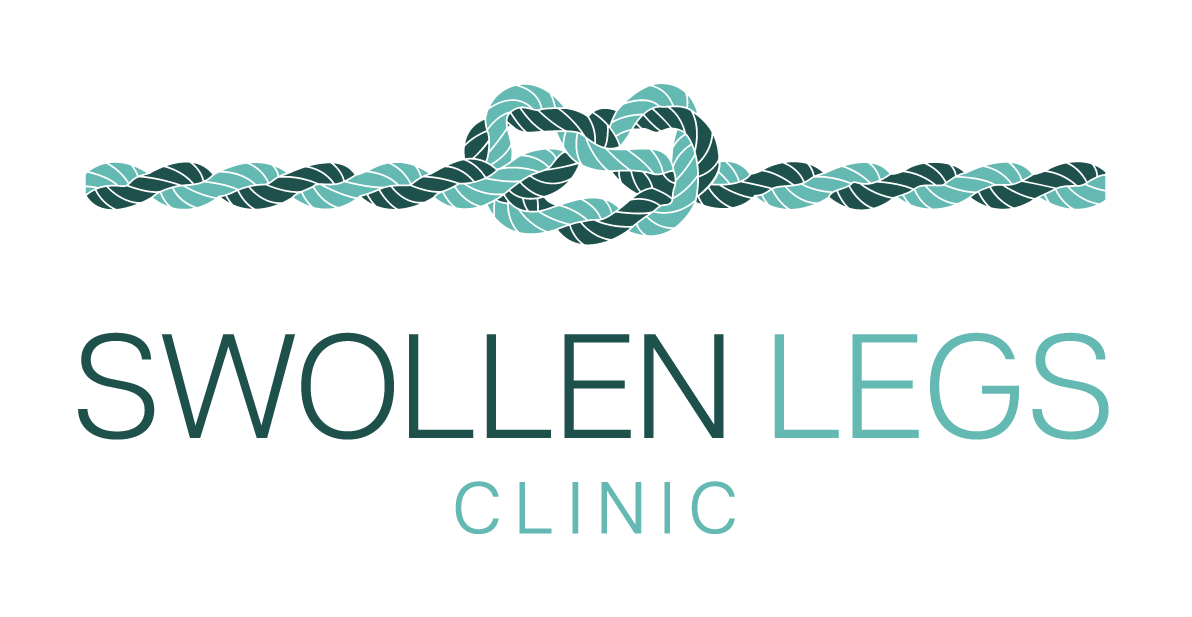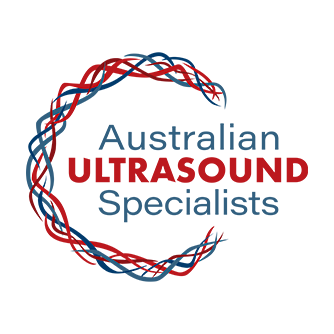Walk with Freedom
Our Mission is to help every woman with Lipoedema feel understood, empowered, in control of their health, and hopeful about their future.
Introduction to Lipoedema Surgical Solution
Dr Lekich advocates for Lipoedema on A Current Affair
Case Studies
Discover inspiring case studies from women navigating their Lipoedema journeys.
Through surgery, conservative management, treatment, and lifestyle changes, these stories highlight personal challenges, triumphs, and valuable insights. Each journey reflects a unique path toward healing, empowerment, and improved well-being, offering hope and guidance to those facing similar experiences with Lipoedema.
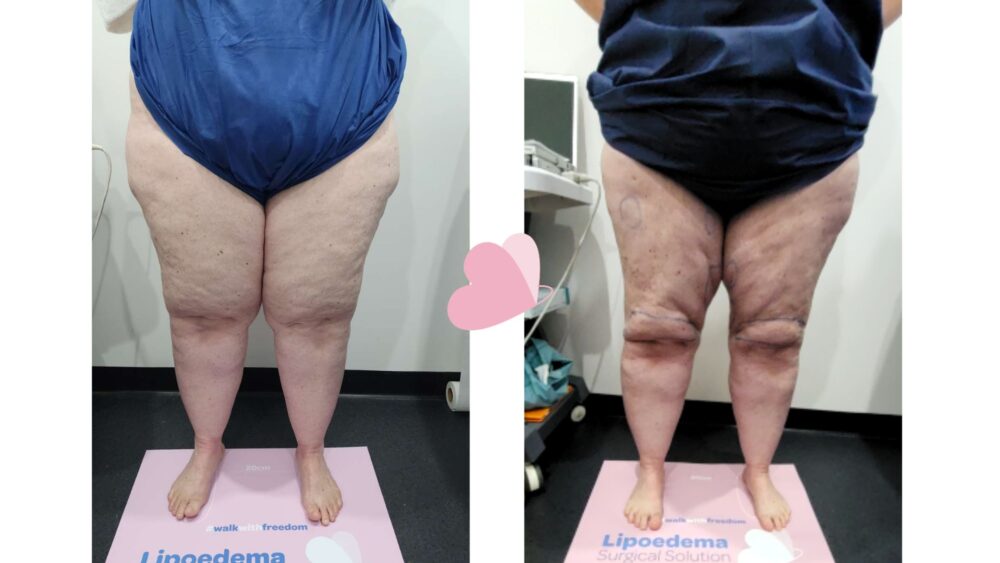
Lipoedema Surgery – Case 49
Meet Jacqueline Williams, a 44-year-old teacher from Cairns, who had long sensed something unusual about her body. From her teenage years, she felt that while her upper body seemed normal, her legs didn’t quite fit.
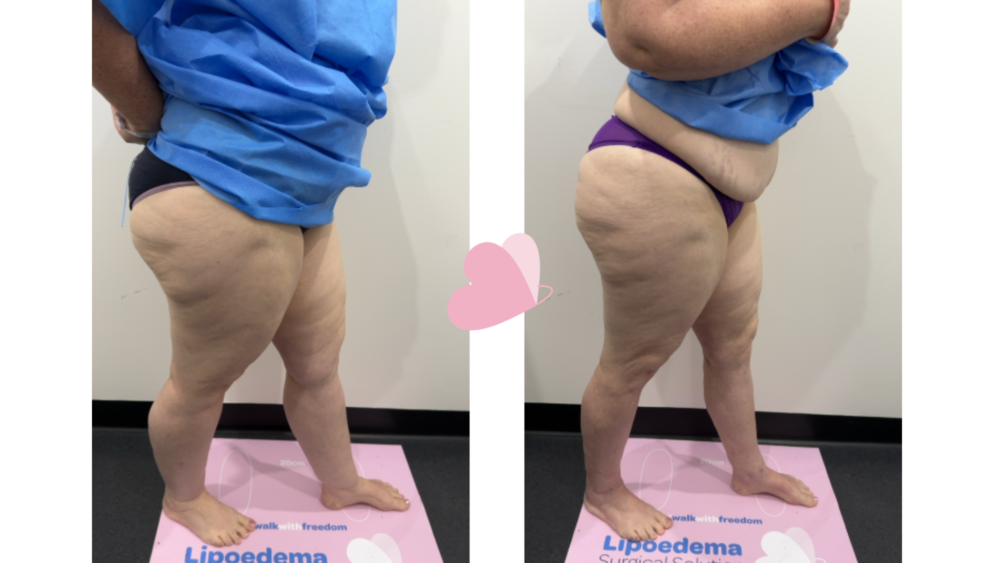
Lipoedema Surgery – Case 48
Meet Toni, a 49-year-old patient from Northern Queensland. For over 20 years, Toni sensed something was amiss with her body, but it wasn’t until her massage therapist noticed unusual differences in her legs that she began seeking answers.
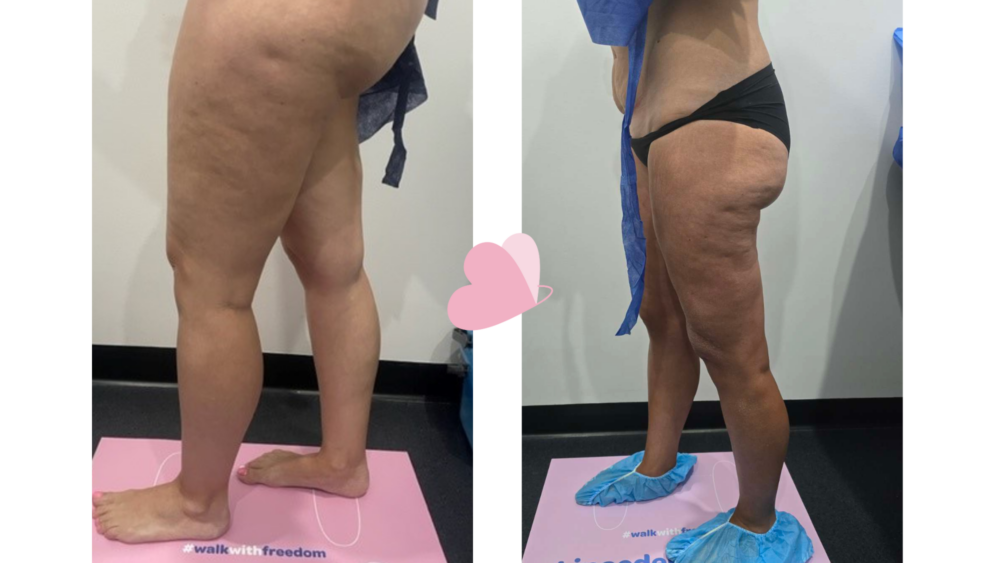
Lipoedema Surgery – Case 47
Meet this 41-year-old patient who despite having Lipoedema, was lucky enough to be educated on the condition early in life by her mother, whose side of the family is prevalent with Lipoedema.
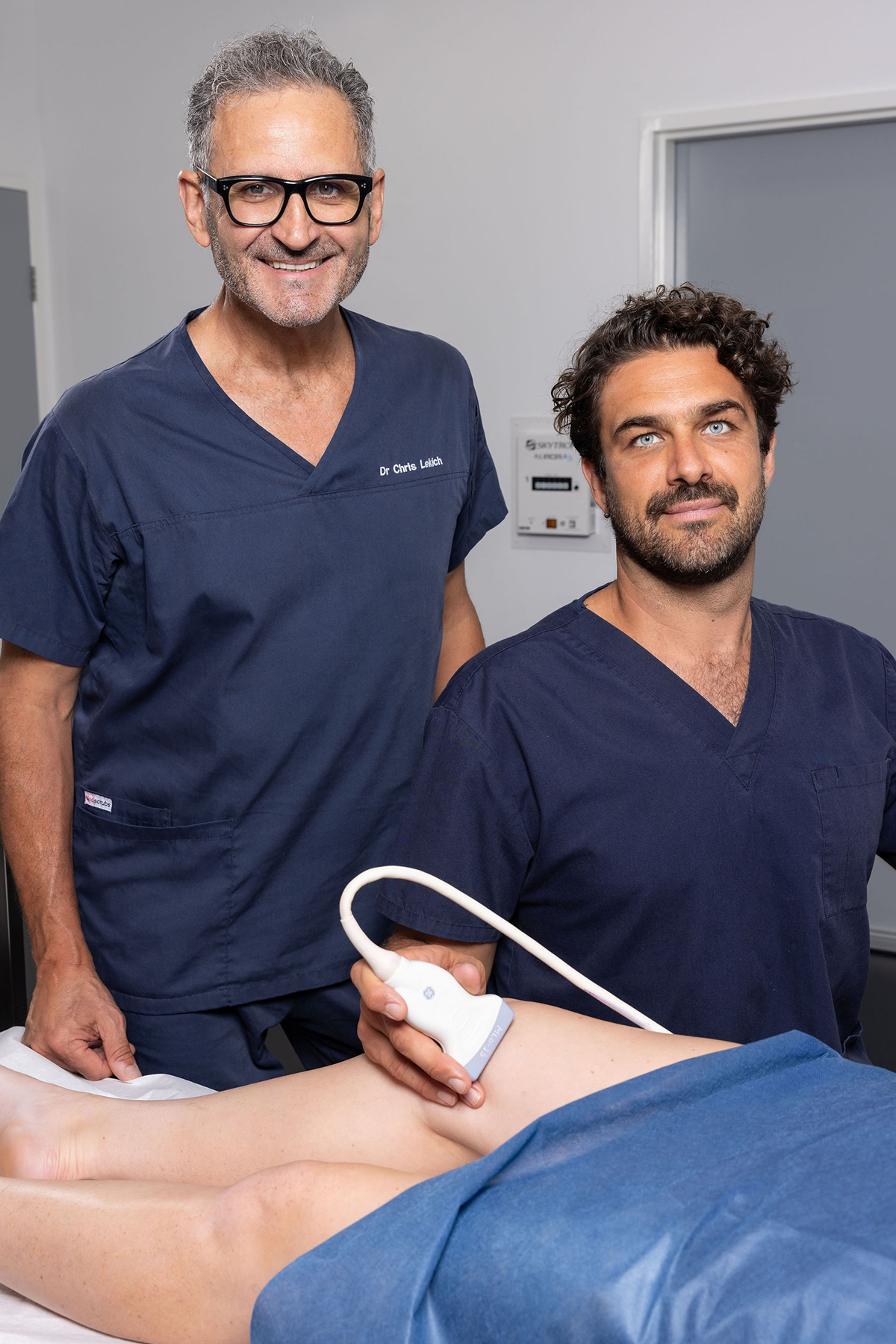
Our Doctors
Lipoedema Surgical Solution offers treatments by doctors who have extensive experience in treating and managing Lipoedema and Lymphoedema. Our team of doctors have also trained as Phlebologists (vein doctors) under the training program of the Australasian College of Phlebology and are experts in the management of venous disease and swollen legs.
Read more by downloading our brochure on
Questions to ask your Doctor.
Diagnosis and Treatment
Dr Lekich and his team provide ultrasound guided diagnosis for a full picture of your leg health and any underlying or co-existing conditions that may need to be considered to ensure optimal outcomes and to avoid complications during surgery.
Surgery is an available option for patients who have already undergone conservative management with class 2 flat knit compression. For patients that have not previously used compression our doctors will closely monitor a conservative management plan to enable a surgical solution if desired. The surgery is aimed at removing the diseased Lipoedema tissue, aiming to arrest the disease.
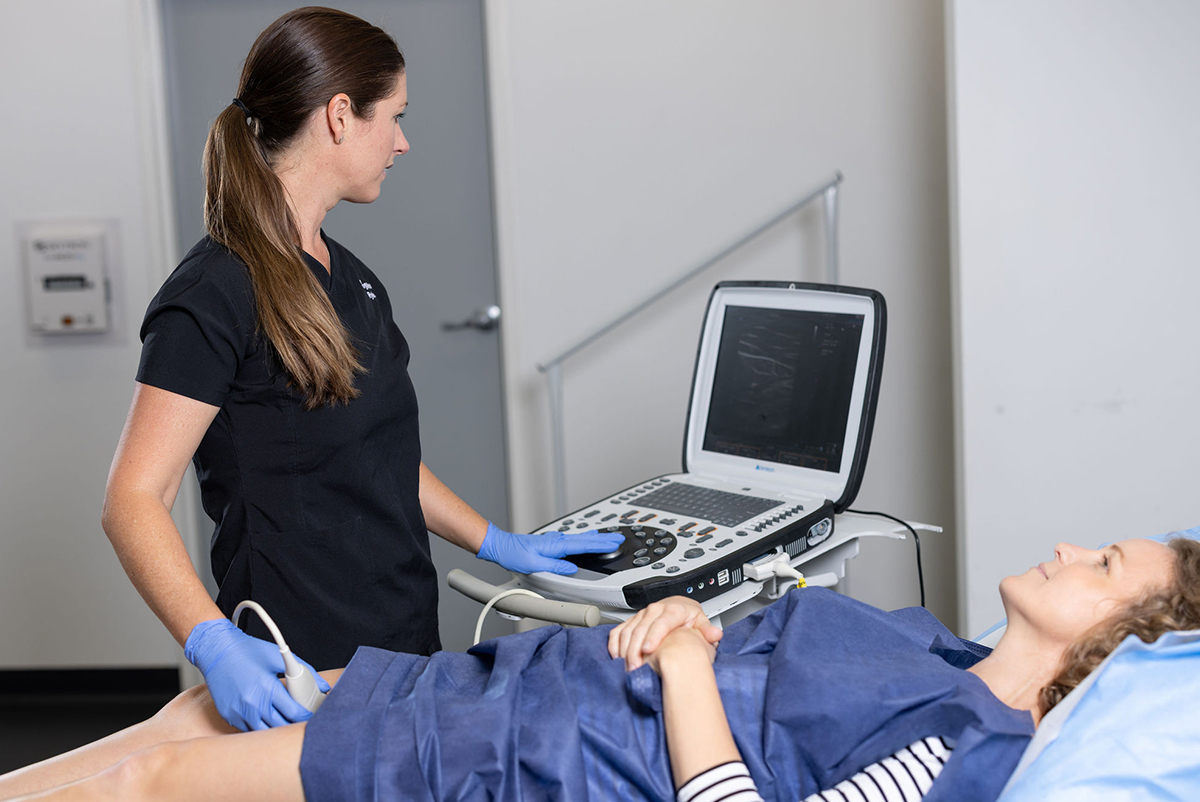
DOWNLOAD YOUR
Guide to Lipoedema
Living with Lipoedema can be a long and challenging journey, especially when it’s often misdiagnosed or misunderstood. We know the frustration of searching for answers and feeling unheard by health professionals. That’s why we’ve created a comprehensive Lipoedema Guide.
Download the guide today and take the first step toward understanding your condition and exploring tailored treatment options.
Frequently Asked Questions
Here are some of our most frequently asked questions. We have a full list of questions relating to Consultation and Diagnosis, Conservative Management, Surgery, Recovery and more in our FAQs page.
Lipoedema is a chronic condition characterised by a painful and abnormal accumulation of fat cells in the hips, thighs, buttocks, legs and often in the arms. The legs may become swollen, bruise easily, feel tender and uncomfortable.
Early-stage Lipoedema often causes column-shaped legs and as the condition worsens the fat continues to build up and the lower half of the body becomes heavier. The lipoedemic fat can also build up in the arms. The fat cannot be exercised or dieted away; nor will weight loss surgery pills potions or powders make the Lipoedema weight disappear in the legs in the arms. Many patients eat well and exercise yet continue to develop fat on their lipoedemic areas.
Lipoedema extraction surgery on the arms when affected is often part of the surgical protocol either at the beginning before leg surgery or at the end. There are cosmetic and plastic surgeons that work alongside our Lipoedema doctors that can perform liposuction on the abdomen as well as performing skin resection surgery if needed.
By removing the Lipoedema tissue before skin resection will avoid the Lipoedema tissue from continuing to grow. For appropriate patients, the Lipoedema Extraction surgery and skin surgery where there is excessive skin could be performed at the same time.
Some women report Lipoedema on other areas of the body including the abdomen as well as painful deposits at the back of the neck … Lipo Extraction surgery can be performed on these areas as well to reduce the pain and suffering.
Lipoedema is almost always triggered at puberty however some patients may not see changes until later in life due to triggers of pregnancy, menopause or other comorbidities.
Lipoedema is a progressive condition & will typically progress as a woman ages and goes through hormonal changes. It will progress differently in different women and can depend on the age of onset – some women don’t report symptoms until menopause and others report having symptoms from pre-teen years. Most patients feel they have had a predisposition to Lipoedema their whole life, based on the shape of their legs & ankles or associated symptoms such as swelling, even those with late onset.
While it is most likely Lipoedema will progress, it can be slowed through conservative management. It’s important to realise that no matter how good conservative management is hormonal triggers often worsen the condition.
Lipoedema is a chronic condition characterised by a painful and abnormal accumulation of fat cells in the hips, thighs, buttocks, legs and often arms. The legs become swollen, bruise easily, feel tender and uncomfortable.
Lipoedema does not involve the feet and often presents with a cuff between the swollen ankle and unaffected feet. However, the feet can be affected if the Lipoedema is so progressed that the feet are also swollen due to advanced Lipoedema causing scarring of the lymphatics leading to secondary Lymphoedema. Patients with Lipoedema have disproportionate fat in their legs and as a result, often suffer from foot and ankle related problems such as plantar fasciitis and arthritis.
Patients with early-stage Lipoedema often have column-shaped legs and as the condition worsens the fat continues to build up and the lower half of their body becomes heavier. The lipoedemic fat can also build up in the arms.
The fat cannot be exercised or dieted away, many patients eat well and exercise yet continue to develop fat on their lipoedemic areas.
If not diagnosed and managed properly Lipoedema can result in further complications including reduced mobility, Lymphoedema (due to scarring of the lymphatics secondary to the inflammatory nature of the Lipoedema tissue); as well as depression, anxiety, body dysmorphia or eating disorders.
Given that many doctors do not know about Lipoedema, it can be challenging to receive a diagnosis through a GP or medical specialists – it is important to consult with a doctor who has a thorough understanding of Lipoedema.
There is no test for Lipoedema, this is a clinical assessment and diagnosis based on the history and examination. Even experienced doctors managing swollen legs such as vascular surgeons and phlebologists may miss the condition, particularly in the subtler or earlier forms.
The first step of the process to get a diagnosis with our team is to book a group zoom call with Dr Lekich. This is your opportunity to hear an overview of Lipoedema, the way it is diagnosed and treated, and what to do before seeing a doctor for a one-on-one consultation. Group zoom calls are typically held once or twice a month; you can click here to see available times.
Many women have great results with conservative management alone including things like compression, manual lymphatic drainage, Lipoedema-friendly diet and exercise.
These conservative measures must be done as a prelude to surgery. However, even if a patient is not considering surgery it is important to ensure all elements of conservative management are understood and implemented to avoid serious implications of Lipoedema in the long term. This is living with Lipoedema and doing your best to control it, however it will not stop the disease from progressing or being painful, nor will it make the fat go away. The aim of surgery after the conservative management protocol is to remove the fat so it does not return and to alleviate pain and improve mobility.
Conservative Management is a life-long management technique and will be detailed during your initial consultation with one of our doctors.
A chronic health care plan can be organised by your GP to assist with some of the above management. Your doctor will write to your GP outlining your condition. A letter should be received within 3 weeks.
The fluid and Lipoedema tissue are removed at the same time. After 6 to 12 months recovery, fluid related swelling will have significantly reduced. This depends on how progressed the Lipoedema was and the effects on the lymphatics from long standing Lipoedema.





